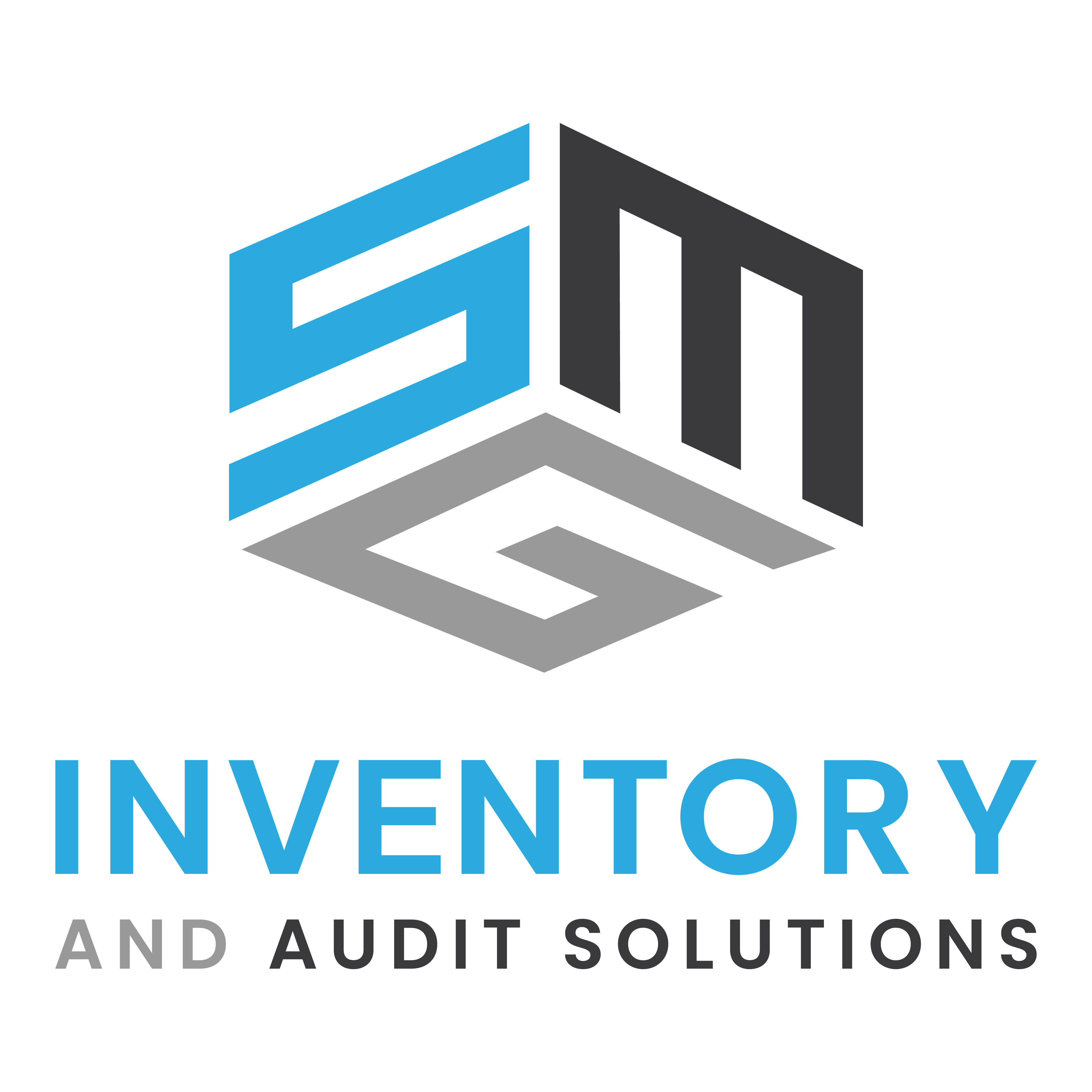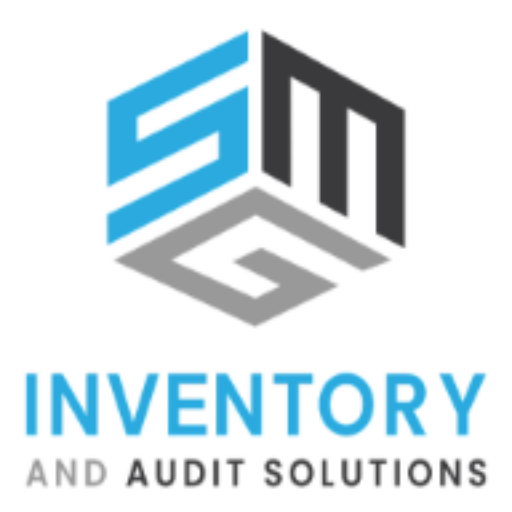Expert Tips, Trends, and Best Practices in Auditing and Asset Management

Business environment, auditing, and asset management are vital in ensuring financial reliability, regulatory compliance, and working efficiency. Organizations that accept the finest practices can protect their assets, minimize risks, and enhance general performance.
This blog explores the newest trends, expert visions, and best practices in auditing and asset management to assist businesses in remaining on the top in 2025.
The Importance of Auditing in Asset Management
- Auditing delivers slide and answerability in asset management by confirming records, assessing risks, and safeguarding compliance. Key assistance include:
- Classifying susceptibilities in asset management processes.
- Safeguarding adherence to legal and business standards.
- Refining reserve allocation and operative efficiency.
- Stopping mistakes and fraud through systematic reviews.
Key Trends in Auditing and Asset Management for 2025
- Progressive analytics and big data tools assist organizations in making knowledgeable choices based on accurate asset estimates and usage designs.
- Cloud solutions allow real-time tracking, distant convenience, and improved security for asset management.
- Environmental, Social, and Governance (ESG) thoughts are becoming essential to asset organization strategies.
- Artificial intelligence and automation streamline auditing processes, reducing human error and pretty competence.
- Blockchain technology delivers secure, tamper-proof records, improving trust and reducing fraud.
Best Practices for Effective Auditing and Asset Management
- Conduct monotonous internal and outside audits to classify potential risks and safeguard regulatory devotion.
- Produce and implement rules for asset trailing, access control, and monetary reporting.
- Adopt AI, blockchain, and cloud-based solutions to enhance accuracy and efficiency in asset management.
- Safeguarding all asset-related data is meticulously recorded and regularly updated to prevent discrepancies.
- Teach staff about compliance supplies, auditing procedures, and risk management policies.
As auditing and asset management last to change, staying knowledgeable about trends and applying best practices is vital for business achievement. By leveraging progressive technology, safeguarding compliance, and enhancing asset tracking, organizations can recover efficiency and alleviate risks efficiently.



